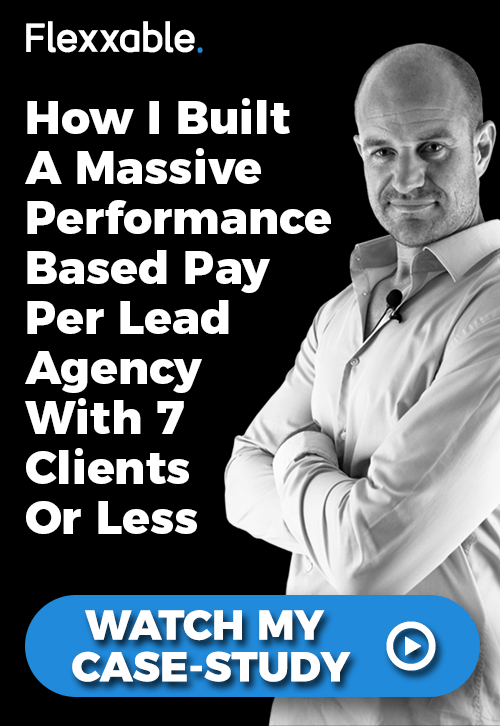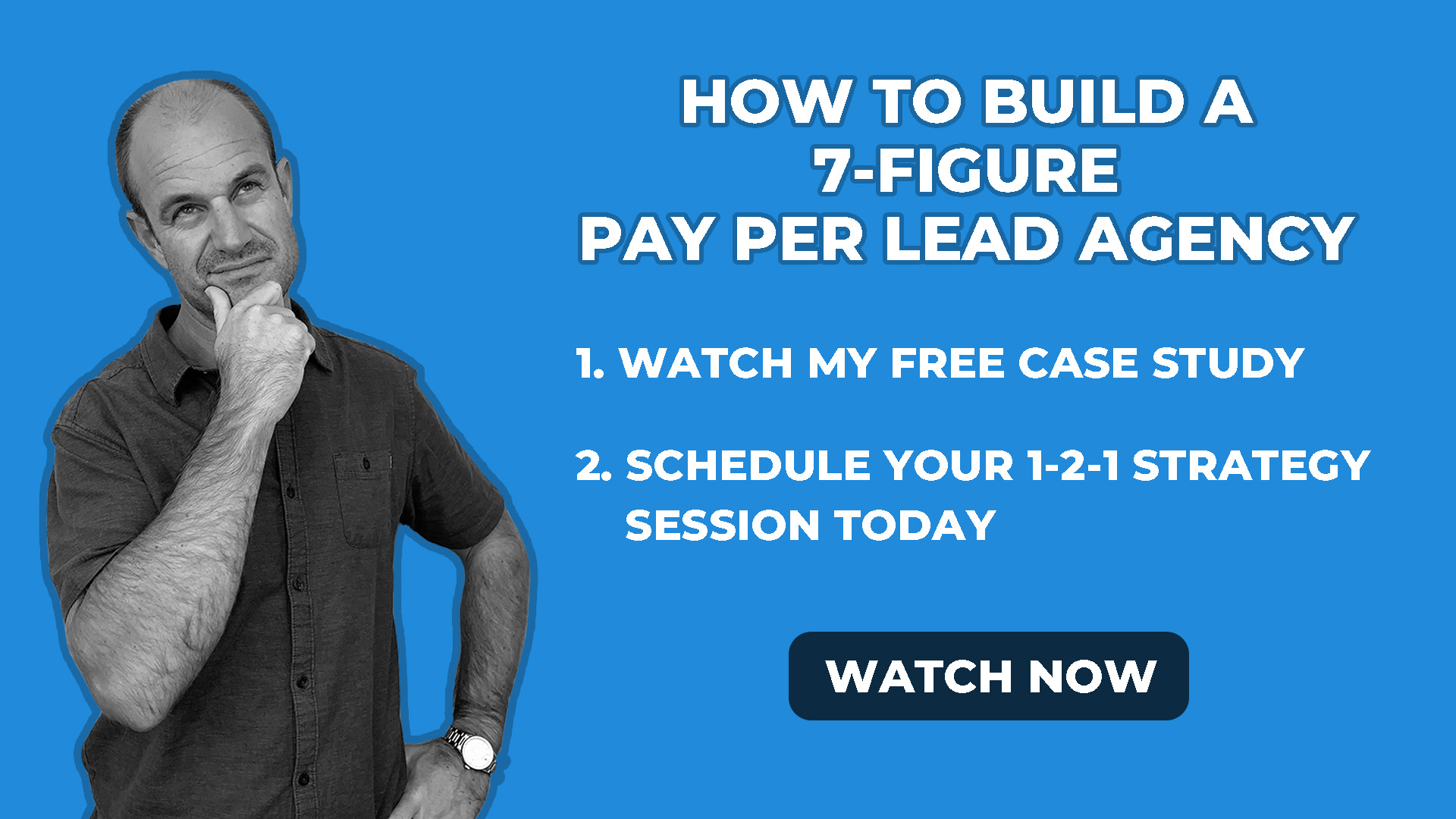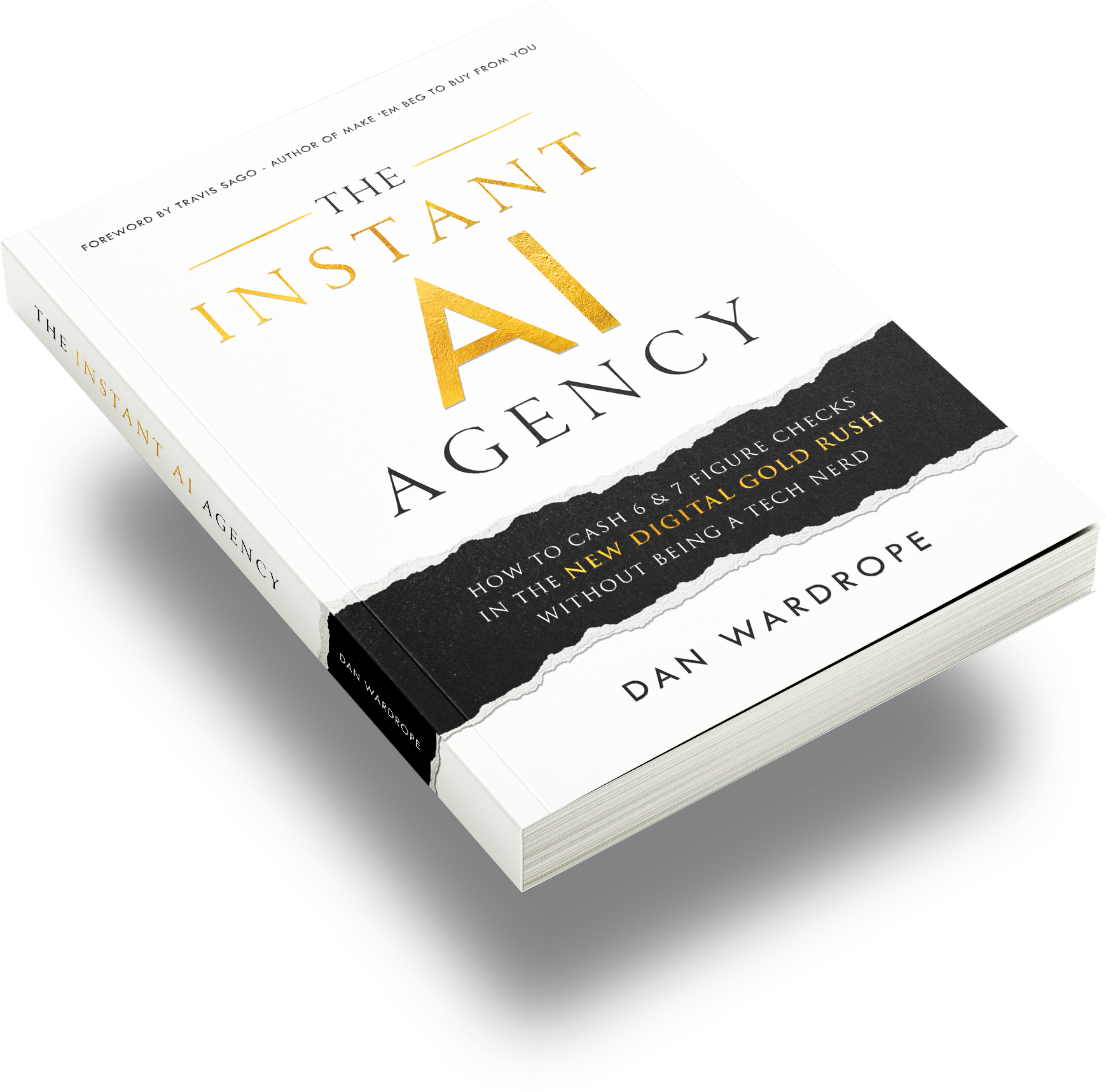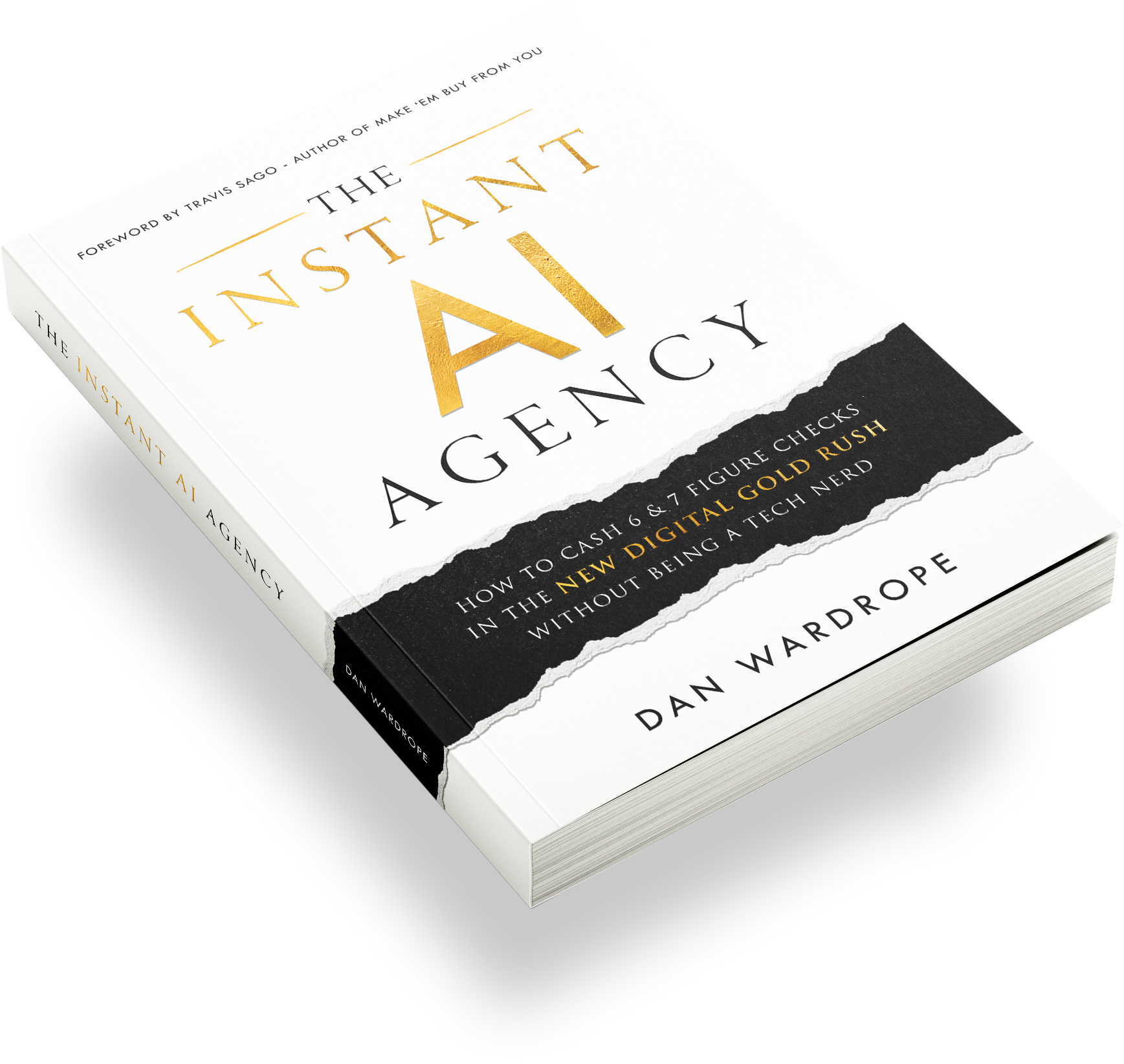It’s unfortunate that so many PPC marketers neglect thank you pages as part of the conversion process.
A thank you page is a good way of being polite, sure. They tell the customer that the transaction or application process has been successful, and a friendly message acknowledges that someone has spent time and/or money on your offer.
A good thank you page, on the other hand, can be so much more than an acknowledgement. In this article, I am going to dive into the psychology of thank you pages, and how a well-designed one can increase customer conversions by up to 47%.
The Importance of a Thank You Page
PPC marketers spend so long worrying about their Facebook ads, Google AdWords, landing page optimisation and reducing their cost per lead, that anything beyond the customer clicking “Submit” is left by the wayside.
What they don’t think about, is how important the thank you page is when it comes to the customer’s journey.
Filling out a landing page isn’t a guarantee the lead will become a customer. Your offer has sparked their interest and, hopefully, your funnel has ironed out any major doubts. However, a curt “thank you for your application” – or no thank you at all – isn’t doing anything to raise the prospect’s overall experience. They’ll just click off the page and start doing something else.
Implementing a thank you page is a prime opportunity to provide your lead with any last-minute information or put any lingering fears at rest. If you’re selling a service, like debt advice, this is your chance to keep the benefits at the forefront of the prospect’s mind. Likewise, if the customer has already made a transaction, a thank you page provides an excuse to upsell or cross-sell.
See, people tend to act in ways that are consistent with an earlier action. If they’ve already made a transaction, it isn’t too far of a stretch to think they’ll make another – as long as the offer presents itself immediately. This is commitment and consistency behaviour in action, and all of us do it on a daily basis.
Commitment and Consistency Behaviours
To give you an example of commitment and consistency behaviours in action, here’s a real-life example.
In 1972, psychologist Thomas Moriarty conducted an experiment to see if he could persuade people to put themselves at risk of personal harm for a person they had never met before.
For the exercise, a researcher would place a towel on New York City beach within five feet of another, randomly selected person. After about two minutes of reclining on the towel and listening to a small, portable radio, the researcher would wordlessly get up and walk down to the sea, leaving their things behind. Within a few minutes, another researcher would walk by, grab the radio, and walk off.
In the first stage of the experiment, only four people out of the twenty tried to stop the thief. However, in the second stage, the researcher on the towel would ask the people beside them to “please watch my things”. In that scenario, nineteen people out of twenty tried to prevent the radio’s theft.
The exercise confirmed that people have a strong desire to appear consistent with the commitments they’ve made.
Applying Commitment and Consistency Psychology To Thank You Pages
Filling out a landing page form and clicking “submit” is a more powerful action than you’d expect. In just a couple of clicks, a customer has A) shared some personal details, such as a telephone number or email address, and B) made a commitment.
At the moment, the commitment is small. Depending on your offer, they may have agreed to get a whitepaper delivered by email, or take a phone call for debt advice. Whatever the commitment, the prospect has transitioned from “interested” to perceiving themselves as a “customer” – despite not yet having bought anything.
Your thank you page needs to show the same commitment and consistency as the rest of your funnel. So far, you’ve put all your energy into convincing your prospect into handing over their details. Commitment and consistency would, therefore, suggest that you’d put in the effort to make them a paying customer. If you neglect your thank you page, you’re the researcher who walked away from the beach without saying “please watch my things”.
Meanwhile, the prospect has been warmed up nicely by your funnel. They’ve “agreed” to click on your ad, read your advertorial/landing page, and fill out their details. Consistency suggests that they’ll “agree” to whatever action you want next, such as a taking survey, a phone call or looking at another offer.
Just a few simple changes to your landing page will activate the commitment and consistency behaviours in your leads, giving you higher conversion and contact rates. This benefits your clients as they’ll be making plenty of sales. It helps you as you can charge more for high-quality leads if you’re on the Cost Per Lead (CPL) model. If you’re on a retainer, your client is more likely to renew your contract.
Here are some strategies to try.
1. Give Your Prospect Plenty of Information
It’s shocking how many people forget the basics.
If you, as a prospect, have agreed to something, you’ll want to know when or where something will happen. For example, if you decided to download a whitepaper in exchange for your email address, you’d expect to get the paper almost immediately, right?
Now imagine that you checked your inbox and the paper wasn’t there. So, you hit refresh, and it still hasn’t been emailed to you. Chances are you’re not very happy at this point, and you’ve written your commitment off as a mistake.
A proper thank you page would provide lots more info. It would have specified:
- WHEN to expect the email (over the next minute, within an hour, the next day, etc.)
- WHERE to expect it (e.g. it may have been sent to your spam folder, so please check)
- WHAT to do if you DON’T receive it (e.g. provide a customer helpline or an email address)
The same goes for any other form of promised communication. If you have guaranteed your prospect a phone call, tell them every detail they need to know.
- WHEN to expect the phone call (today, tomorrow, within 15 minutes, etc.)
- WHAT number you will be calling from
- WHO the customer can expect to speak to
- WHAT you’ll be covering over the call and WHAT resources your customer will need (aka payslips, bank details, solicitor letters, etc.)
The more details you provide, the safer the prospect will feel making the commitment. If you’re true to your word, the prospect will know you’re reliable and make the transition into a paying customer.
2. Use Images and Photos To Your Advantage
Never underestimate the power of the personal touch.
If the offer is more than a one-off transaction, many customers would like to know who they’re doing business with. Too many brands focus on being “professional” rather than “personal”, and they gain the reputation of being a faceless corporation.
Add images that you would like your prospects to see, such as a photo of the call centre and the company’s CEO.

Posting a genuine photo is an invitation to trust. It’s rare that someone wants to put a photo to a scam product! Acting as brand reinforcement, it implies that the founder is proud of their work; that they’re not only selling a service, they’re also selling themselves.
To go back to commitment and consistency, the prospect now feels like they’re committed to someone as well as something. This taps into the “social” aspect of commitment and consistency behaviours – a person is much more likely to do something if other people know about it and encourage them.
3. Include a Reference Number
This kind of links back to tip #1. It’s particularly useful if you’ve told the prospect to wait for a phone call.
The best way to look competent is to actually be competent. A prospect may enjoy all the bells and whistles you’ve added to your funnel but, at the end of the day, they want to solve a specific problem.
If they’ve spent a couple of minutes filling out a landing page, the last thing a prospect wants is to spend 15 minutes of their 40-minute free call repeating their details.
Once you’ve got a prospect’s details, use your CRM to generate a reference number and post it on the thank you page. A prospect will be reassured that they’ve “got a place in the queue” and that their application has been logged.
4. Pitch a cross-sell or an upsell
If you’re building your sales funnel on a single-sales basis, you are definitely leaving money on the table.
Once a prospect has hit your thank you page, it is 50% easier to sell them another product or service, in comparison to advertising to cold traffic.
An excellent example of a cross-selling enterprise is Amazon.co.uk. Once you’ve bought a product, Amazon will always send you a “Thank You” note, with more items in the “Recommended For You” section.
A whopping 35% of Amazon’s sales come from cross-selling or upselling, and 60% of customers buy again from the “Recommended For You” straight after they’ve purchased the first product.
If your client is selling a service, think of ways to apply a cross-sell or upsell. Taking Funeral Plans as an example, give your leads the chance to upgrade to the premium version. Or, you could offer them another phone call for a “special fixed price”. Chances are, if the prospect is interested in Funeral Plans, they may also be interested in health insurance.
Always check with your client before you attempt to cross-sell or upsell on your thank you page.
5. Make A Quick (But Beautiful) Thank You Page With Unbounce
Sometimes a client will be more reluctant to make a thank you page than you’d think.
They may already be making plenty of sales, so they don’t want to put in the money or time. Even if you promise a 10% – 20% increase in contact rate, they might think it’s not worth the thousands of pounds spent on a web designer, or the six months it’ll take to go live.
But a thank you page doesn’t need to cost thousands. Using drag-and-drop website builders like Unbounce can save you time and money.
We use Unbounce to create all our pages within our agency, and it makes building lead gen funnels super quick and easy. You can just attach them to the client’s domain, so they take hours to set live, rather than months.
If you’re looking for an easy way to make pages without spending thousands on a web designer, Unbounce is your answer. The “Essential” package is just $79 a month. At $159, FlexxDigital gets the “Premium” version, which allows up to 150 new landing pages a month.
For more details on Unbounce and its many benefits, please check out their website.
Conclusion
Leaving customers without a thank you page is a big mistake. Not only is it polite to thank someone for their time, but a thank you page is also a key strategy to impart vital information.
If your customer feels like they can only engage with your client’s brand through guesswork, you’ll soon see customer-loyalty take a sharp drop.
Implement these 5 tips, and you’ll see your average conversion and contact rates go up by 10 – 20%.
Do you use thank you pages? Have your clients seen better conversion rates? Let us know in the comments!
Related Content
The Ultimate Guide to Lead Generation | Our B2C Book
It’s Time To Make Your Website Mobile Friendly
How To Write Advertorials That Sell









